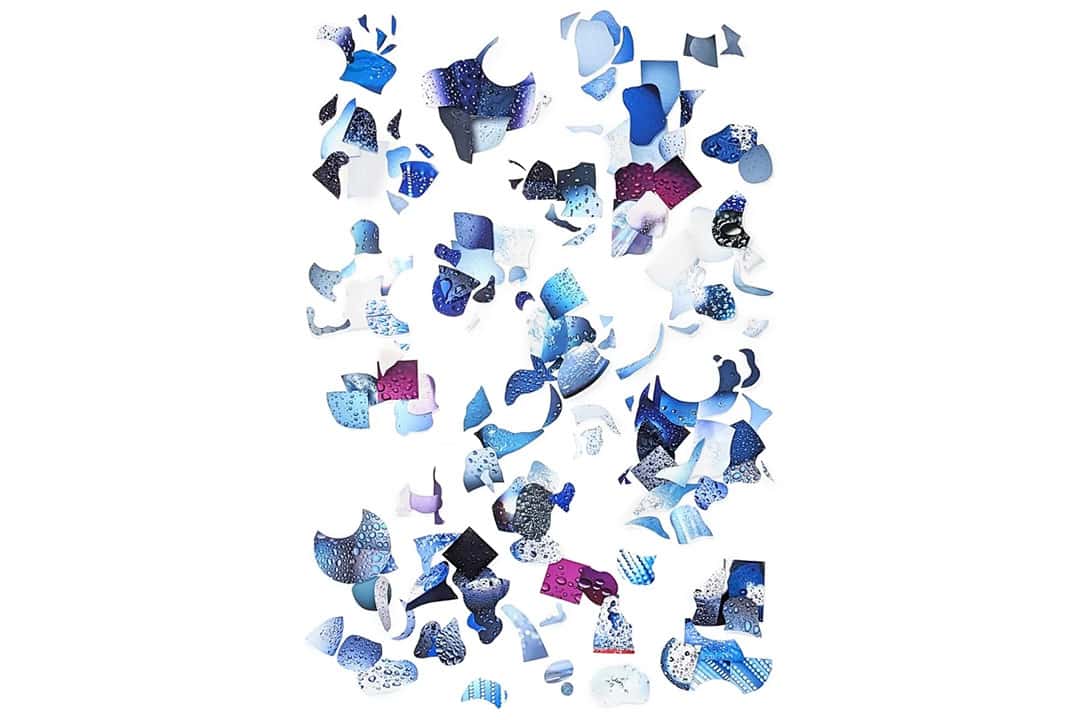As artificial intelligence (AI) tools like DALL-E and Midjourney AI stun the public with their seemingly endless potential, artists are starting to wring their hands.
These tools are capable of generating complex art in a variety of styles with only a written prompt. They have become notorious, however, for their untraceable sources of inspiration. Some popular models train their algorithms on many artists without their consent. They also threaten to pose long-term harm to labour within creative industries.
An impossible perspective
However, artists have responded to new developments in AI in many ways. Sanaz Manzinani, an associate professor of studio art at U of T, has created a captivating exhibition at the Stephen Bulger Gallery, combining traditional-made human art with AI-generated images.
Within her exhibition, An Impossible Perspective, Manziniani focused the subject matter on plants. Using her own photographs of plants, alongside Midjourney and DALL-E generated images, she accumulated upwards of 17,000 images. She then enlisted the help of Millan Singh Khurana — a computer programmer, recent U of T graduate, and one of her former students. Together, they created some custom code, allowing them to train a neural network to analyze and differentiate between real images and AI-generated images.
The exhibit takes place at the Stephen Bulger Gallery in Toronto and has been extended until November 11.
“I wanted to learn more about AI and understand more about what we can do, how we can use it, in what ways, and how we can have more insight into it.” Manzinani said in an interview for The Varsity. “I learned that AI is a really great tool for making art.”
The use of AI art careers and business
With the ease of use of many artificial intelligence models, it has never been easier to turn any idea into a tangible piece of work. Art made by AI could greatly help businesses and industries develop their brands, products, or ideals.
“It might make some people’s lives easier and faster. Just like autocorrect spelling makes life easier,” Manzinani said. She proposed the example of an advertising agency pitching to a whisky company, with the idea of a dog holding a glass of whisky.
The logistics of representing such a pitch without AI requires paying an artist, sourcing reference images, and other costs that could potentially prove prohibitive. However, employing the use of AI to generate the pitch idea could drastically cut down on resources needed. In Manzinani’s eyes, using AI tools in this way is comparable to tools such as Adobe Photoshop or Canva.
Ethical limitations of AI in the industry
There has been a lot of fear surrounding whether artists have the potential to lose their jobs to AI. One of the points of contention of the Writer’s Guild of America (WGA) concerns the use of artificial intelligence in the writer’s room. This is one of the main reasons why the WGA, along with the American Screen Actors Guild–American Federation of Television and Radio Artists, have been striking in recent months.
AI models like DALL-E and Midjourney have been trained on an extensive collection of the internet’s art. This collection allows them to be able to reproduce this art. However, users can currently get little information about any specific art pieces a generative model has taken from after an image is generated. This means that though AI-generated art is composed of traditional and human-made art, the original creators of the art pieces do not get any credit.
Visual artists across Canada have struggled to keep up with the sudden influx of AI-generated art. Toronto creator Sam Yang found people within an online Reddit forum creating AI-generated images that mimicked his exact style and subjects, without his consent.
“Who knows if something that I made is in [an AI model’s training] or not. Maybe [an AI-generated image] is a combination of my image and Van Gogh’s picture — no one asked, no one’s getting paid for it,” Manzinani explained.
Exposing and addressing systemic racism within AI
Another glaring issue with the use of AI in any business endeavour is the amount of bias that AI holds. The use of generative models often portrays reductionist stereotypes of various cultures and ethnicities.
As Manzinani and Khurana worked to create code to train a neural network, Manzinani wanted to unpack AI’s inherent bias and racism. “If it’s mostly being trained by tech workers, who are in Silicon Valley, and most of them are from a certain ethnic background, what are the biases that they generally hold?” asked Manzinani. By examining the values and biases held by the people who train the AI, she believes it may be possible to eliminate stereotypes and biases used within generative models.
As AI applications continue to expand, increased scrutiny and regulations could pave the way for a more ethical use of AI in art. By adopting precautionary measures and a cautious approach to AI, it has the potential to become a widely used tool for accelerating progress in both the business and art sectors.



No comments to display.